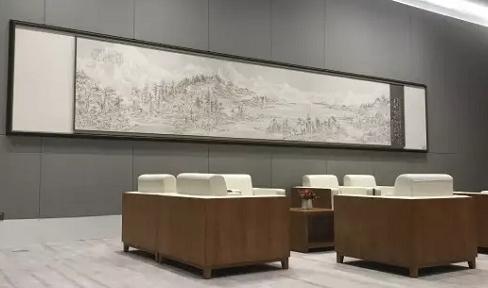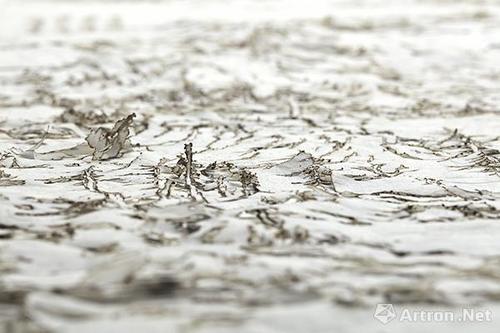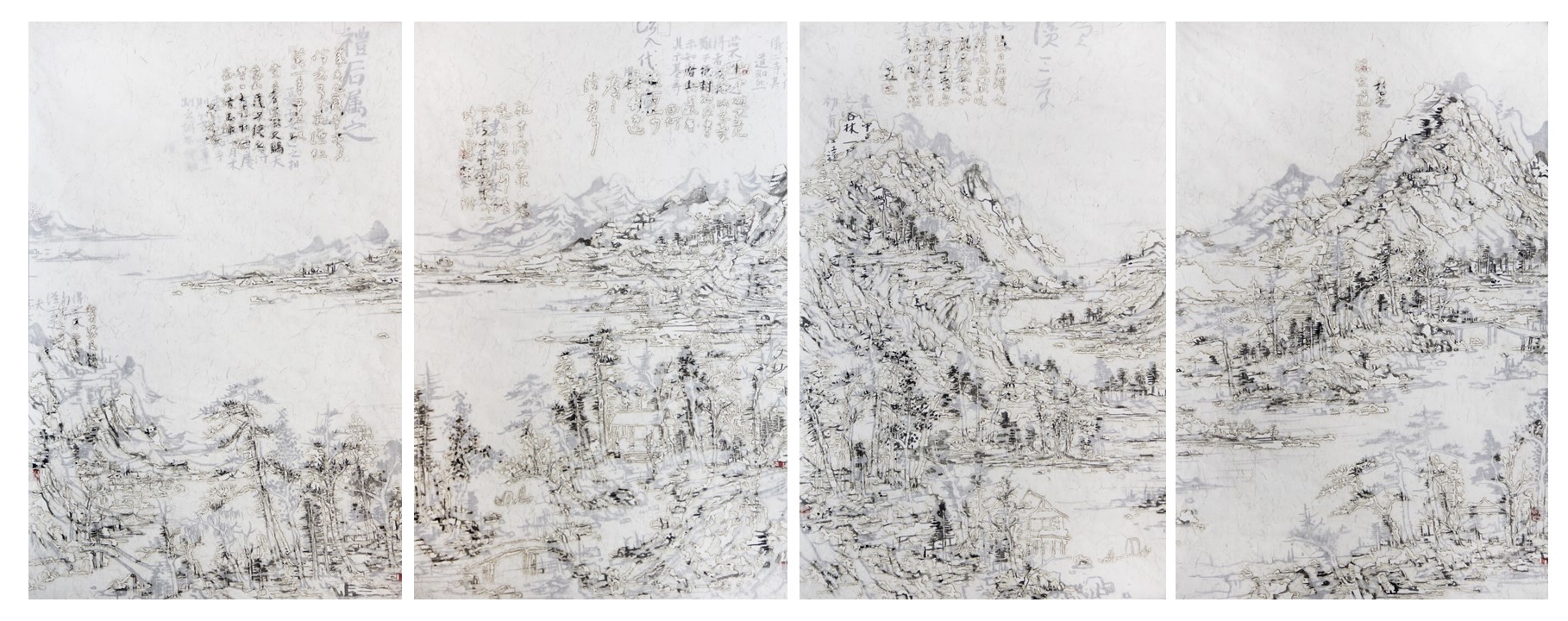
All About Artists
Wang Tiande: A Contemporary Take on the Traditional
A visionary at the forefront of Chinese art and calligraphy, Wang Tiande's striking innovations skillfully captivate both soul and mind.
By Sophie-Isabelle Tan

后山
A visionary at the forefront of Chinese art and calligraphy, Wang Tiande's striking innovations skillfully captivate both soul and mind. Having graduated from Zhejiang Academy of Fine Arts from their Chinese Painting Department in 1988, Wang is currently dean and professor at the Art and Design Department in Fudan University, Shanghai.

Wang is most known for his characteristic use of burning symbols resembling Chinese characters into rice paper with incense sticks. He mimics the traditional styles of Chinese ink painting, elevating it by presenting his own unique methods and techniques. His art references both literati art and contemporary aesthetics, as he imbues his own interpretations and meaning onto traditional motifs, such as mountains and trees.

Through the layering of rice paper, Wang creates a palimpsest of sorts, visually recreating the effects of time on the mountains. The blurriness of the paintings presents a sense of ephemerality, a dream-like landscape shaped by time itself. The burn marks through the multiple layers of rice paper add to this ephemerality, as it becomes unclear where the burns end and ink starts.

Hou Shan
In using incense to create these marks, Wang also imparts a sense of sacredness into his art, engaging with not only the physical, but also the spiritual. It harkens to how these landscapes may have been seen as sacred, how journeying to the mountains was a balm for the soul. Ultimately, by depicting the same age-old literati motifs in his own contemporary style, he creates a connection between the ancient motifs and philosophies with the people of this era.


.jpg)
